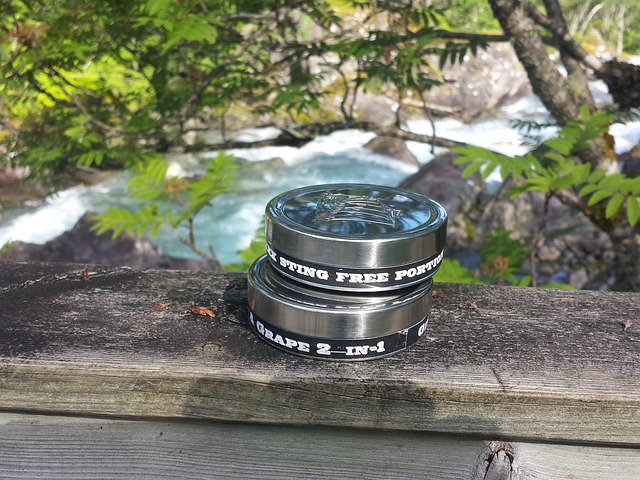In diverse climate Texas, understanding water mitigation & leak source detection is crucial for property owners facing severe weather & potential water damage. Homeowners insurance may cover sudden, accidental leaks, aiding repairs and replacements, but policies vary. Reviewing 'Sui Generis' or 'Water Backup' clauses is essential to avoid financial burdens during water mitigation scenarios. A systematic approach, starting with moisture inspection, isolation, and source detection (plumbing, roof leaks, appliance malfunctions), guides specialists in determining coverage needs under Texas insurance laws.
In Texas, water mitigation and leak source detection are crucial steps in safeguarding your home and property from damage caused by leaks. Understanding the process and knowing your homeowners insurance coverage is essential, especially considering the state’s diverse climate and potential for severe weather events. This article explores these key aspects, including how to identify leak sources, the role of insurance in covering water mitigation costs, and the steps involved in the recovery process, guiding Texas residents towards effective protection and peace of mind.
With a focus on “homeowners insurance cover[age] for water mitigation in Texas,” we’ll demystify this important topic.
- Understanding Water Mitigation and Leak Source Detection in Texas
- Homeowners Insurance Coverage for Water Mitigation in Texas: What You Need to Know
- Steps Involved in Water Mitigation Leak Source Detection Process
Understanding Water Mitigation and Leak Source Detection in Texas

In Texas, understanding Water Mitigation and Leak Source Detection is paramount for property owners, given the state’s diverse climate and potential for both severe weather events and plumbing issues that can lead to water damage. Water mitigation refers to the process of identifying, containing, and repairing sources of water intrusion to minimize structural damage and prevent mold growth. This involves a series of steps, from initial assessment and extraction to drying, dehumidification, and restoration.
Leak source detection is a crucial component of this process. Homeowners in Texas should be aware that while homeowners insurance typically covers water mitigation expenses, the specifics depend on policy terms and the cause of the leak. For instance, coverage for sudden and accidental leaks is generally more straightforward than gradual leaks or plumbing issues that are considered maintenance responsibilities. Therefore, it’s essential to review your policy and understand the exclusions and limitations before engaging in water mitigation services, especially when dealing with potential claims related to does homeowners insurance cover water mitigation in Texas?.
Homeowners Insurance Coverage for Water Mitigation in Texas: What You Need to Know

In Texas, understanding your Homeowners Insurance policy is crucial when it comes to water mitigation after a leak or flood. Many policies include coverage for sudden and accidental water damage, which can help homeowners with the cost of repairing and replacing affected items. However, not all policies are created equal; some may have specific exclusions or limitations regarding water damage. Therefore, it’s essential to review your policy documents carefully, paying close attention to sections detailing ‘Sui Generis’ or ‘Water Backup’ coverage.
If you’re unsure about your coverage, contact your insurance provider directly. They can provide clarity on what is and isn’t covered in the event of a water mitigation scenario. Remember, knowing your policy’s specifics can save you from unexpected financial burdens during an already stressful situation. Understanding does homeowners insurance cover water mitigation in Texas? goes beyond just knowing the words on the page; it involves comprehending the fine print and being prepared for potential scenarios.
Steps Involved in Water Mitigation Leak Source Detection Process

The process of water mitigation leak source detection involves several crucial steps to identify and address the origin of a water intrusion issue promptly. It begins with an extensive inspection, where professionals meticulously examine the property for any visible signs of water damage or potential leak sources. This includes checking for hidden moisture behind walls, ceilings, or floors using advanced technology like thermal imaging cameras. Once identified, the next step is to isolate and contain the affected area to prevent further damage and ensure the safety of occupants.
After containment, specialists employ various techniques to pinpoint the exact source of the leak. This may involve checking for faulty plumbing, roof leaks, broken pipes, or even issues with appliances. Does homeowners insurance cover water mitigation in Texas? Understanding this is essential as it can significantly impact the financial burden on property owners. Some policies provide coverage for such incidents, but terms and conditions vary, so reviewing your policy is crucial to know if you’re protected during these situations.
Water mitigation and leak source detection are crucial processes for Texans facing plumbing disasters. Understanding these procedures, especially the role of homeowners insurance, can help residents navigate challenging situations smoothly. By knowing the steps involved and the potential coverage from policies, property owners can ensure swift action and necessary support during water-related emergencies in Texas. Remember, quick response and informed decisions are key to minimizing damage and costs associated with water mitigation.
